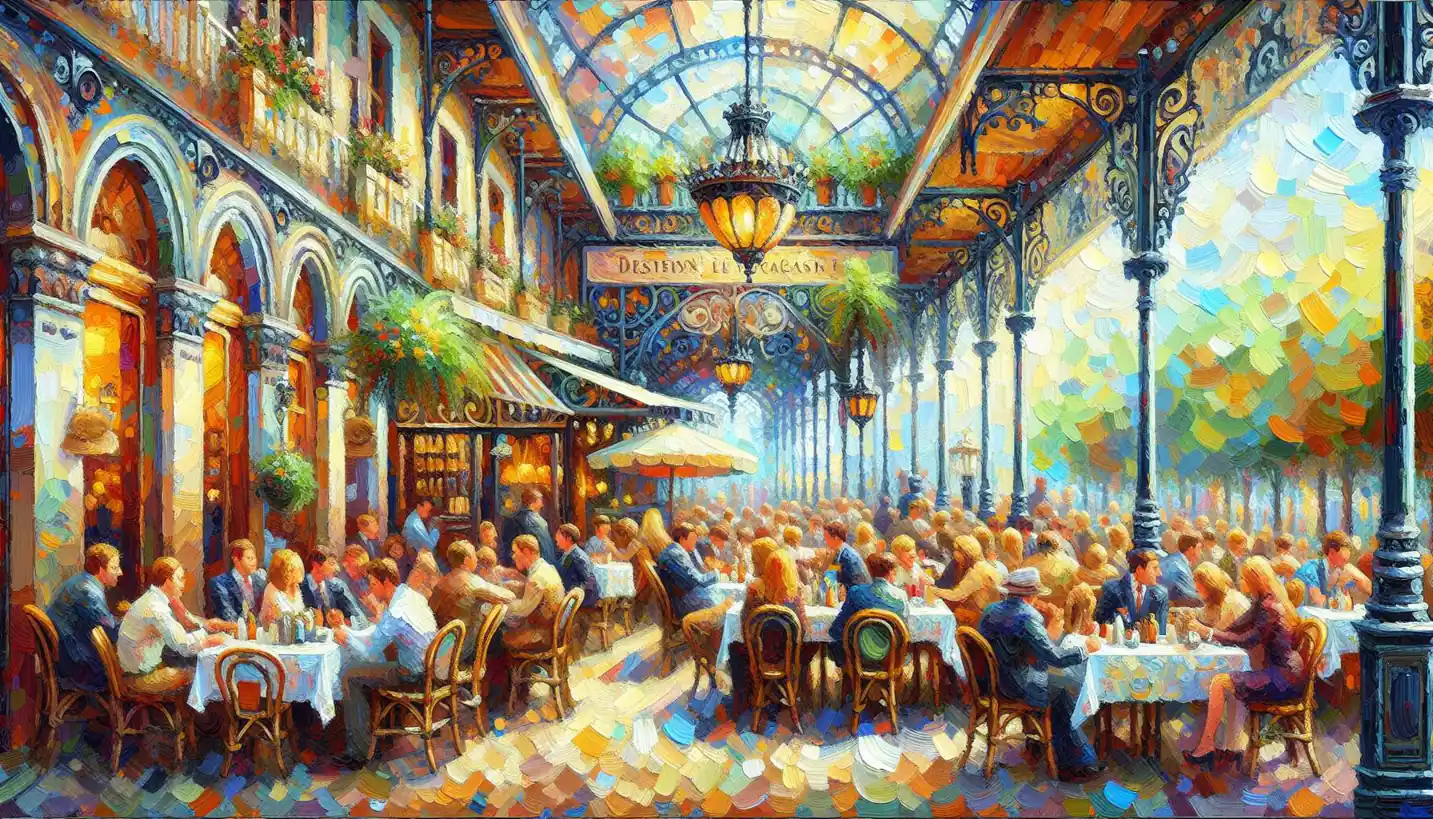· Art · 4 min read
Finial: The Decorative Crown of Architecture
Finials serve as decorative crowns, adding a touch of elegance and flair to architectural creations throughout history.

When you think of architecture, majestic structures come to mind, like cathedrals, castles, or maybe even the skyscrapers that define a city’s skyline. One thing that often goes unnoticed but plays a crucial role in the aesthetics of these structures is the finial. This little detail may seem minor, but it carries a rich history and architectural significance.
What is a Finial?
A finial is essentially the decorative top or end piece of a structure. Think of it like the cherry on top of a sundae. They’re often found at the peak of a spire, dome, or gable, serving both ornamental and functional purposes. Finials can be simple or intricately designed, depending on the architectural style they belong to.
These structures have been part of architecture for centuries. They’re like tiny bits of art that sit atop everything from rooftops to furniture, making them versatile artistic elements.
A Journey Through History
Finials date back to ancient times and have been found in various cultures and architectural styles. In Gothic architecture, they often adorned the pinnacles of cathedrals and churches. Picture the Notre-Dame Cathedral in Paris with its elaborate roofline – those decorative spires are examples of finials.
In Asian architecture, especially in China and Japan, pagoda roofs often featured stunning finials that were rich in symbolism, representing harmony and spiritual ascent. These additions weren’t just decorations; they held spiritual and cultural significance, sometimes believed to ward off evil spirits.
During the Renaissance and Baroque periods, finials became even more elaborate, taking on forms like vases, flames, or even statues. These types of finials showed the creativity and artistic flair of the architects, adding grandeur to the structures.
Why Finials Matter
You might wonder why such a small detail is important. The answer lies in their capability to complete the aesthetic harmony of a structure. Finials draw the eye upwards, guiding our gaze along the lines and curves of a building. They provide a finishing touch that can unify the different elements of architecture.
From a practical standpoint, finials also serve to protect the tops of spires or other structures from weather damage. In some cases, they act as lightning rods, grounding electrical charges safely to the ground during a storm.
Diverse Designs and Materials
One of the fascinating aspects of finials is their diversity in design and materials. They can be made from metal, wood, stone, or even glass. Their shapes, too, are varied – from simple cones or spheres to complex floral patterns or mythical creatures.
In the modern era, technology has allowed even more creative liberty. Designers are now able to use materials like fiberglass and 3D printing to craft detailed and unique finials that were previously impossible to achieve.
Modern Applications
While traditional architecture might be where you most commonly find finials, modern architects and designers have found new ways to incorporate them. They’re used in home decor, adding elegance to bedposts or creating interesting garden ornaments. This is a testament to the timeless appeal of finials, showing how even the smallest details can persist through changing architectural trends.
Finials in Art and Culture
Beyond their role in architecture, finials have made their way into art and popular culture. They represent a blend of functionality and beauty, often appearing in movies or literature as symbols of tradition or mystery.
Imagine a fantasy novel where the protagonist discovers a hidden chamber in an ancient castle, marked by finials shaped like mythical beasts. This kind of imagery shows the finial’s power to captivate and inspire.
The Future of Finials
As technology and design continue to evolve, so too does the potential for finials. Eco-friendly materials and innovative design techniques open new doors for how we can use these decorative elements.
There’s also an increasing trend towards customization, allowing individuals to have personalized finials that reflect their tastes or tell a story of their own. This ability to merge personal expression with architectural design showcases the enduring relevance of finials in both art and architecture.
Why You Should Appreciate Finials
Next time you walk past a cathedral or notice the ornate detail at the top of a building, take a moment to appreciate the finial. These small but significant pieces stand as a testament to the craftsmanship and creativity that go into architectural design.
In essence, finials remind us that every detail, no matter how small, contributes to the beauty and function of our built environment. So, as you admire the skyline or observe the blend of history and modernity in architecture, remember the finial – the decorative crown that tops it all.


